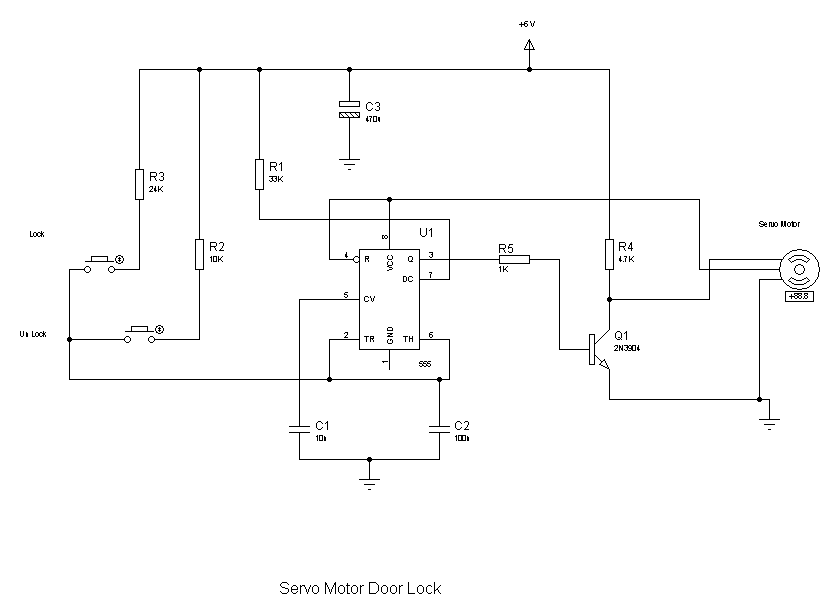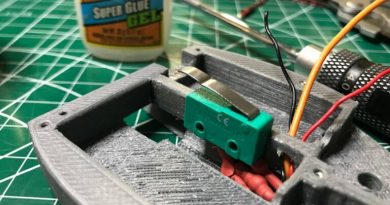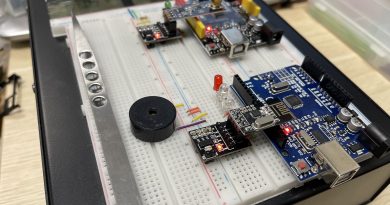Tech Tip: Using a Servo Motor to Operate a Door Lock
Using a servo motor to operate a door Lock is a popular project for many electronic hobbyists. In today’s technologically advanced society, the desire to remotely operate doors is becoming increasingly widespread. The good news is that you can use a simple circuit with a relatively inexpensive servo motor to perform this function. When you are ready, you can further expand the system to operate wirelessly using a basic remote control.

What is Servo Motor?
A servo motor operates on a system based on sending three different pulse widths to the unit to produce movement that ranges from 0 to 90 to 180 degrees. A 1 ms pulse width will position the motor to the extreme left (0°), a 2 ms pulse width will position the motor to the extreme right (180°), and a 1.5 ms pulse width will position the motor in between these two extremes (90°).
Application
You can use a servo motor to operate a door lock or a latch enables you to remotely lock and unlock a door or gate. The required circuit is a simple pulse generator based on a 555 timer, Arduino, or PIC microcontroller. Any of these circuits can be combined with the RF remote control modules listed on www.circuitspecialists.com.
To learn more about how to program a servo motor, you can read this article from the Arduino website.
Schematic
The circuit is shown below how to use a servo motor to operate a door lock can be implemented as a wireless remote control using any suitable RF module such as the RXD4140-434 module in place of the pushbutton switches.
The circuit described here will be implemented with a 555 timer IC, since it is easiest to assemble and does not require any programming knowledge. The scheme is to switch in three different value resistors to select the three different pulse width values required. The required values are determined from the timing equations for the 555 timer. Using a standard 0.1 uF capacitor, we would need values of 10K for 1 ms width and 24K for 2 ms width.

